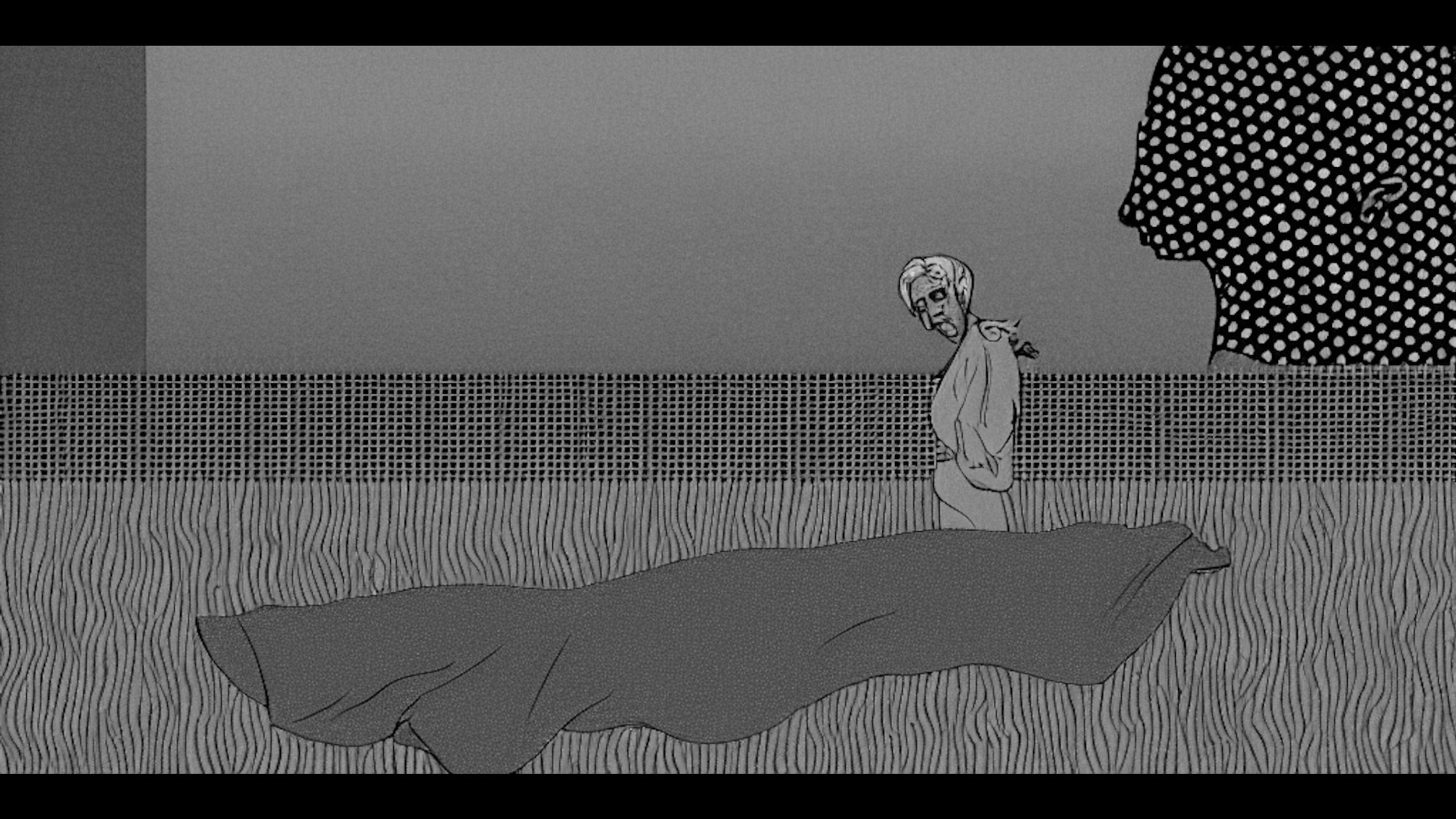
William Quail’s Pyramid
Will an Artificial Intelligence ever be capable of creating a genuine, original work of art? Some would argue that, while AI systems have become exponentially better at imitating all human forms of expression, creating art requires a soul. But what is that soul? Is it really in the work of art? Or is it in the meaning that we as viewers automatically ascribe to it?
This video installation pushes the boundaries of this attribution of meaning. An AI system was trained on the linguistic elements of Akkadian, a language from the time of the mythical Tower of Babel, to produce glossolalia, or to “speak in tongues.” This Babylonian babbling, spoken by a synthetic voice, was converted into English subtitles by speech-to-text AI, adding another layer of confusion.
Meanwhile, the AI-generated visual stream does not contain the impressively detailed AI illustrations we are now familiar with, but instead damaged, ambiguous and distorted images that leave room for our own interpretation. Does the “soul”of the artwork lie in this interpretation? In the AI? Or in the meeting of the two?
Videos
Images

